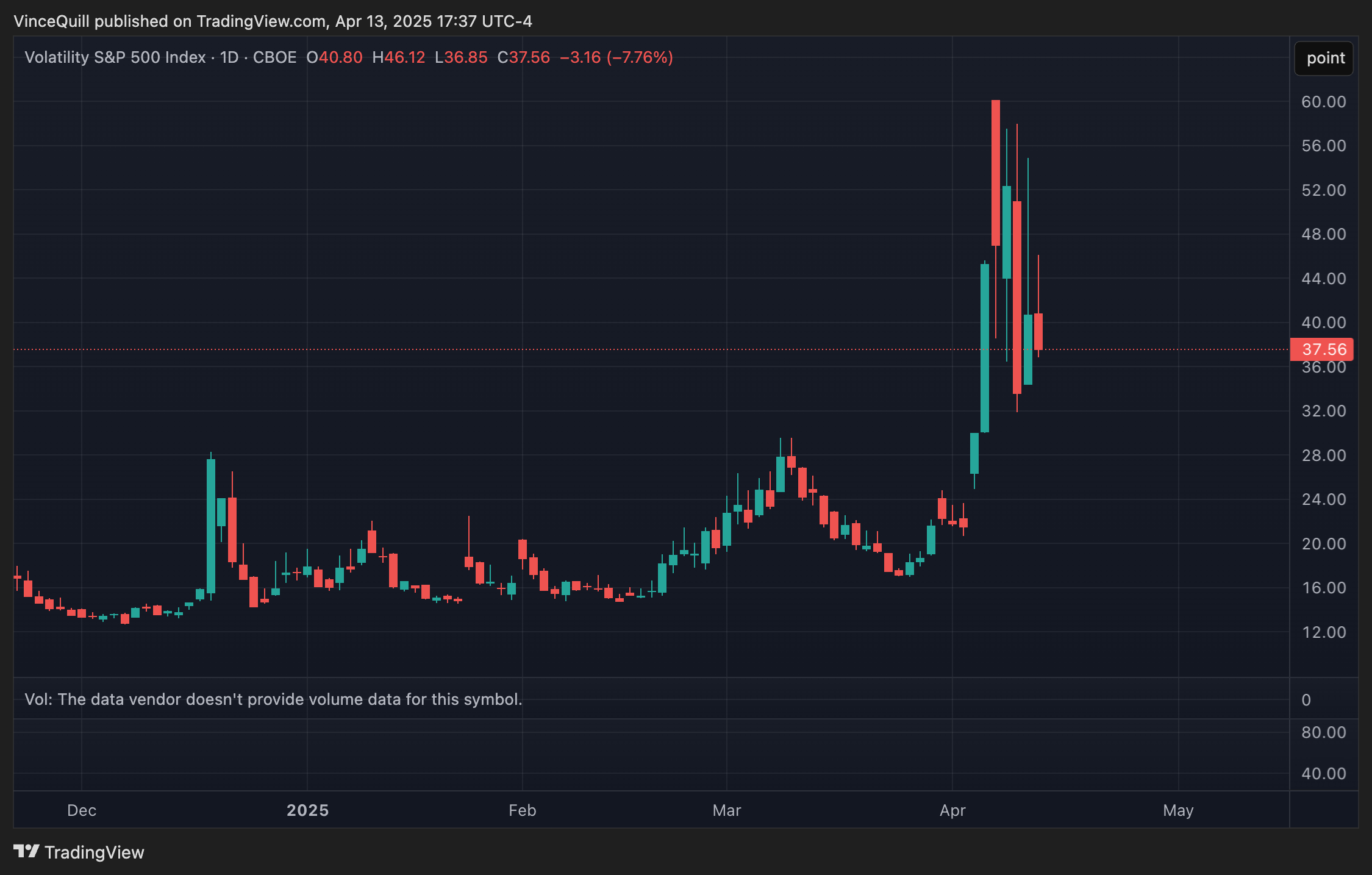The Commerce Secretary recently reassessed the temporary tariff exemption on certain electronics that was highlighted in a bulletin from the United States Customs and Border Protection on April 12.
On April 13, the Secretary informed ABC News that this reciprocal tariff exemption would only last until a sector-specific tariff framework for semiconductor products—including phones, graphics processors, and computing chips—was implemented, expected within a “month or two.” The Secretary noted:
“The President has pointed out sectors such as pharmaceuticals, semiconductors, and automobiles. These sector tariffs will not be negotiable and are essential for ensuring that critical national security products are manufactured in this country.”
“We cannot depend on China for vital resources. Our medicines and semiconductors must be produced domestically,” the Secretary continued. He also expressed optimism that the U.S. and China would reach a trade agreement through discussions.
The focus on national security and the reshoring of essential industries may indicate that these tariffs are part of a long-term geostrategic approach rather than a mere short-term strategy to enhance the competitiveness of U.S. exports, as some analysts have theorized.

The Volatility S&P Index (VIX), which gauges the volatility of the S&P stock index, remains heightened amid economic uncertainty. Source: TradingView
Related: Bitcoin breaks away, while stocks plummet by $3.5T amid tariff tensions and warnings of ‘higher inflation’ from the Federal Reserve
Escalating trade conflict increases volatility and causes market declines
The trade tariffs imposed by the Trump administration led to a significant downturn in both stock and cryptocurrency markets, erasing trillions in shareholder wealth as investors reacted to the potential for a prolonged trade dispute with global partners.
In a post on April 10, an analyst pointed out that the S&P 500 stock market index has become even more volatile than Bitcoin (BTC), using the SPY US Equity History Volume chart as a reference.
The analyst reported that the S&P 500 Index’s volatility reached a level of 74 in April, surpassing Bitcoin’s volatility at 71.
Stocks and cryptocurrencies experienced a surge following speculation about a 90-day suspension of reciprocal tariffs by the Trump administration, with approximately $2 trillion invested in stocks based on expectations of more lenient trade measures.
This value was largely lost after the Trump administration denied the rumors of a 90-day break, only to recover when the administration ultimately announced a reciprocal tariff pause in the following days.
Magazine: The era of financial pessimism in crypto has ended—it’s time to aspire once more
